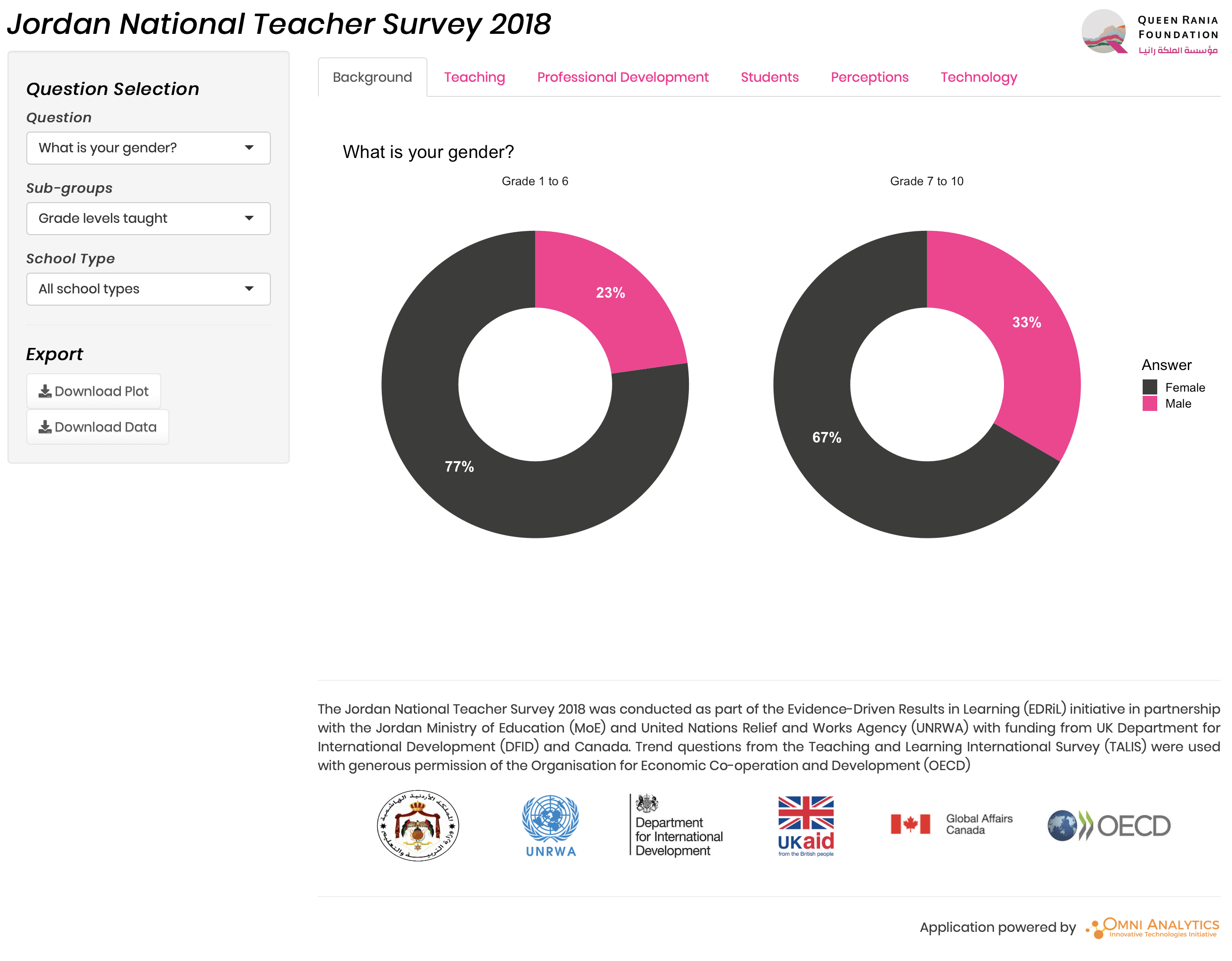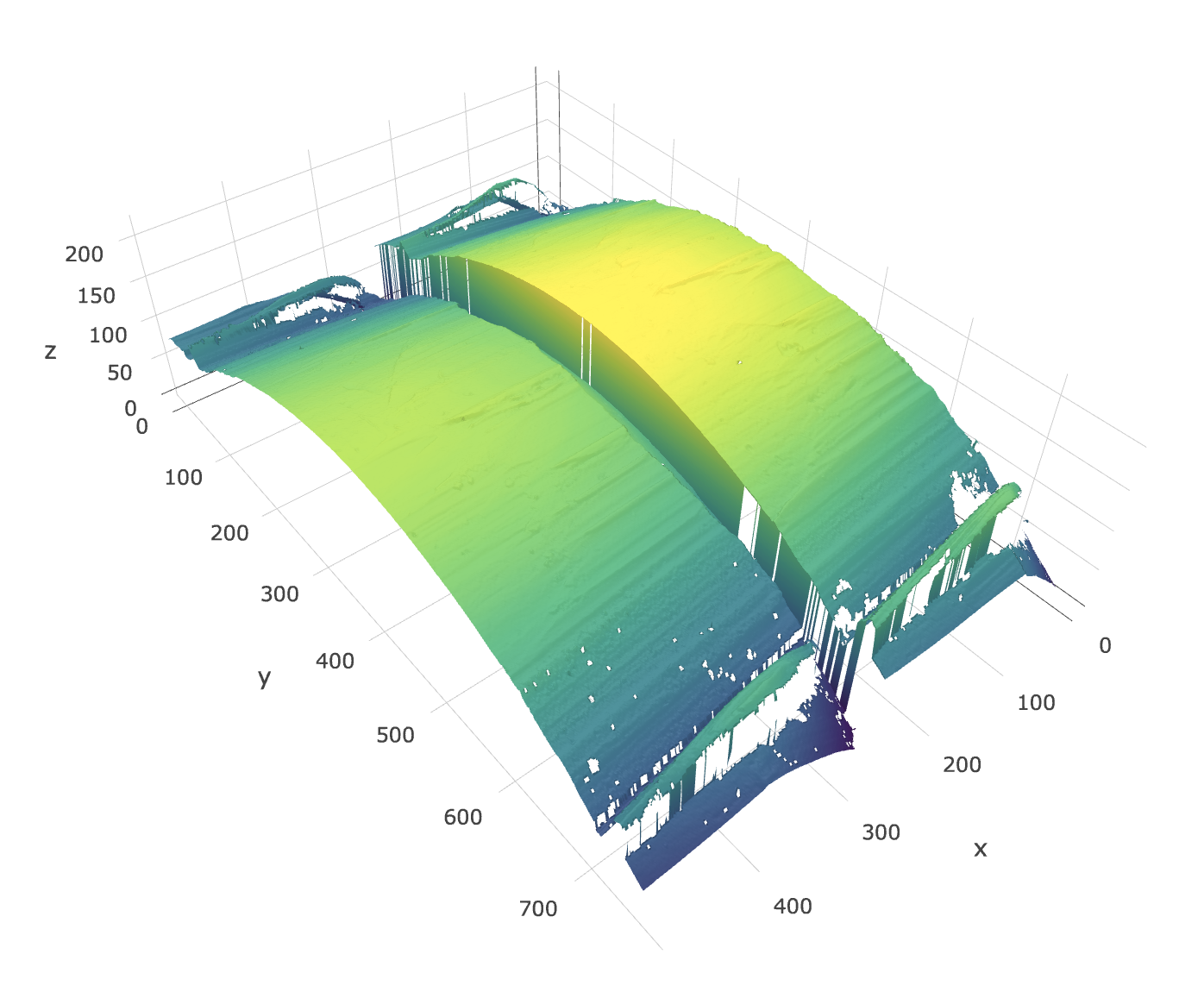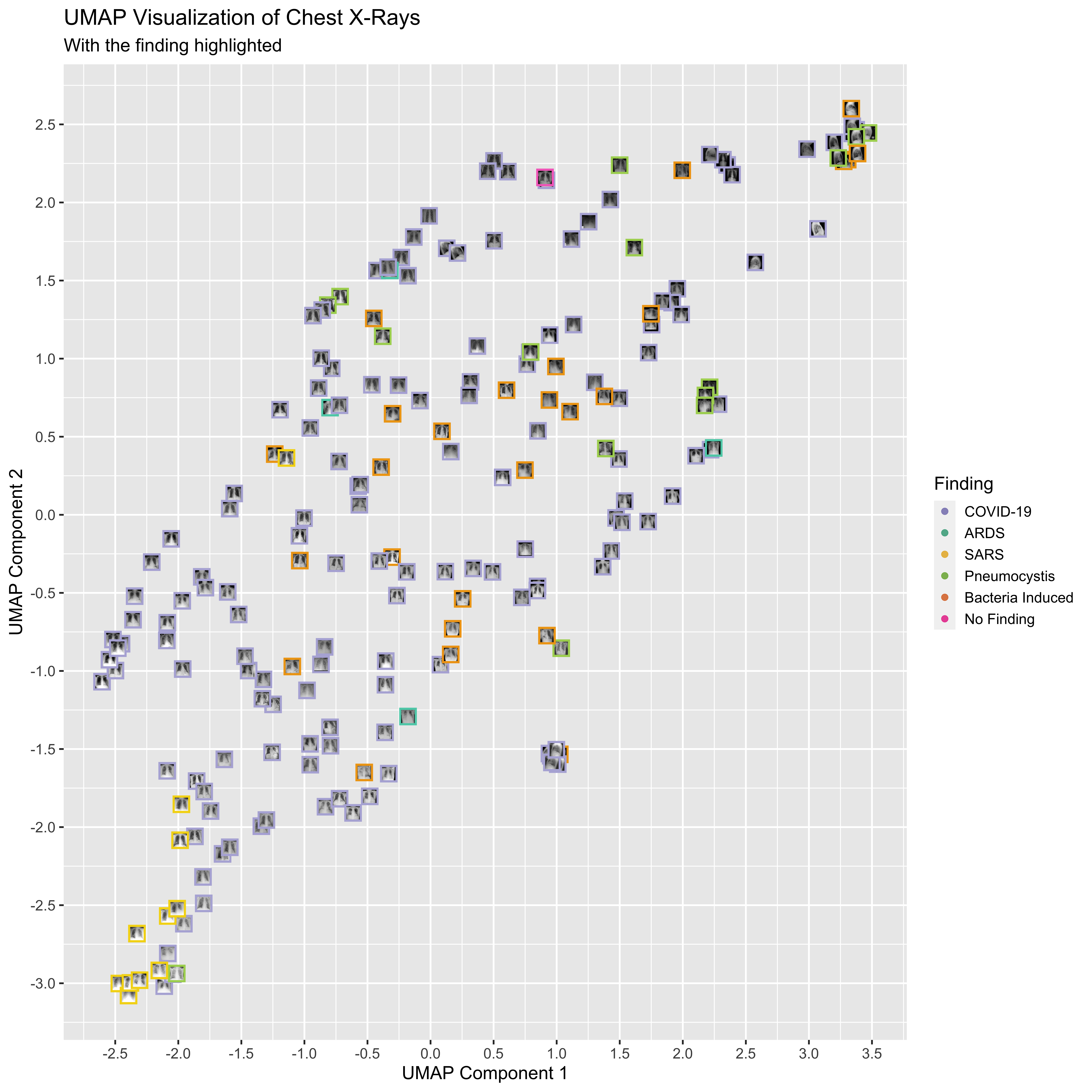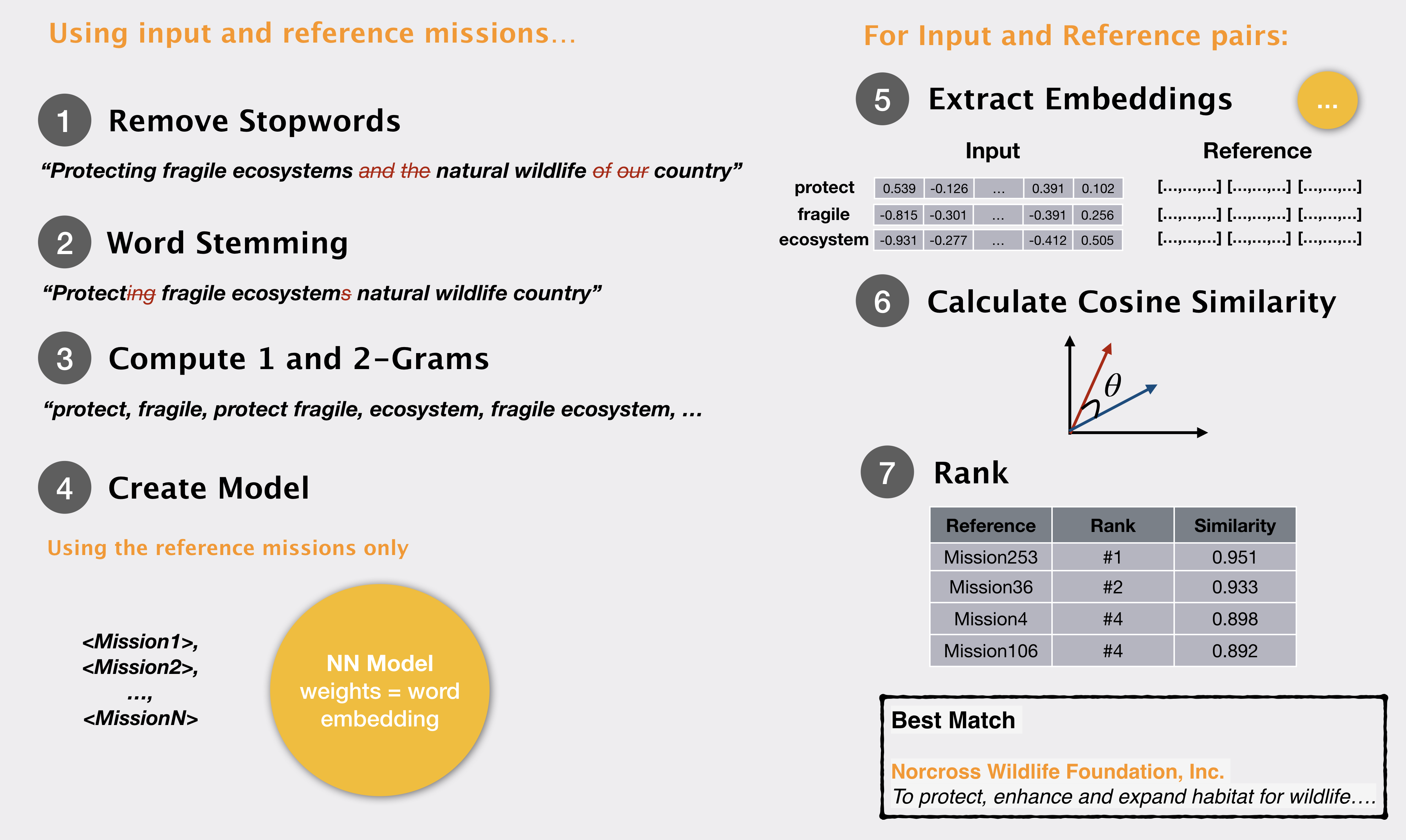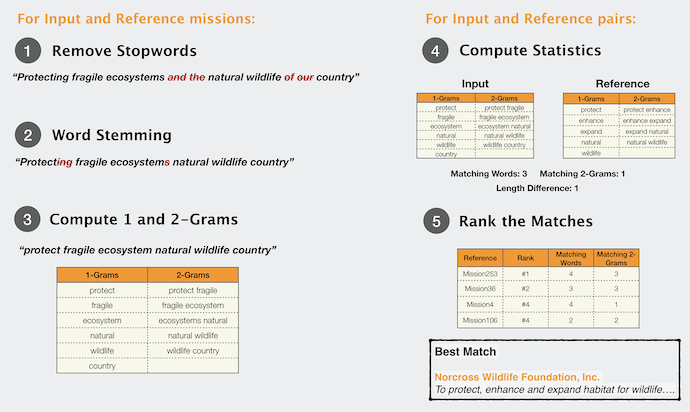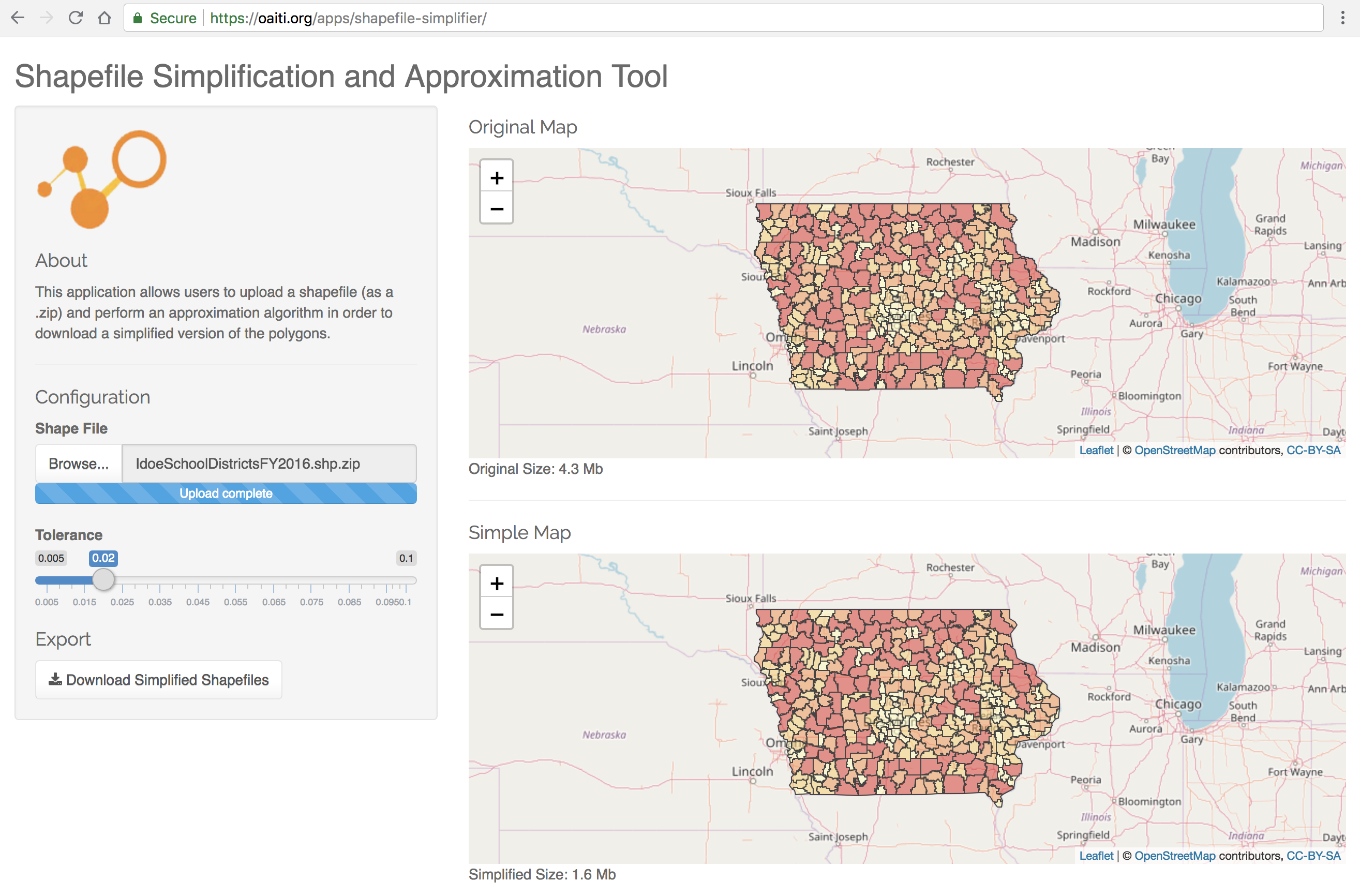We believe that statistics and data science can be made more accessible by providing free courses, data awareness drives and guidance to nonprofit institutions.
Case Studies
We work for a nominal fee, exchange of services, donations, and often just for free
View All
